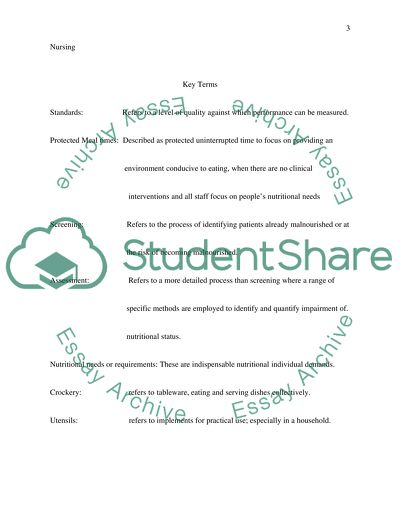Cite this document
(“How Nurses Can Improve Nutritional Safety Research Paper”, n.d.)
How Nurses Can Improve Nutritional Safety Research Paper. Retrieved from https://studentshare.org/nursing/1454611-how-can-nurses-improve-nutritional-safety
How Nurses Can Improve Nutritional Safety Research Paper. Retrieved from https://studentshare.org/nursing/1454611-how-can-nurses-improve-nutritional-safety
(How Nurses Can Improve Nutritional Safety Research Paper)
How Nurses Can Improve Nutritional Safety Research Paper. https://studentshare.org/nursing/1454611-how-can-nurses-improve-nutritional-safety.
How Nurses Can Improve Nutritional Safety Research Paper. https://studentshare.org/nursing/1454611-how-can-nurses-improve-nutritional-safety.
“How Nurses Can Improve Nutritional Safety Research Paper”, n.d. https://studentshare.org/nursing/1454611-how-can-nurses-improve-nutritional-safety.


